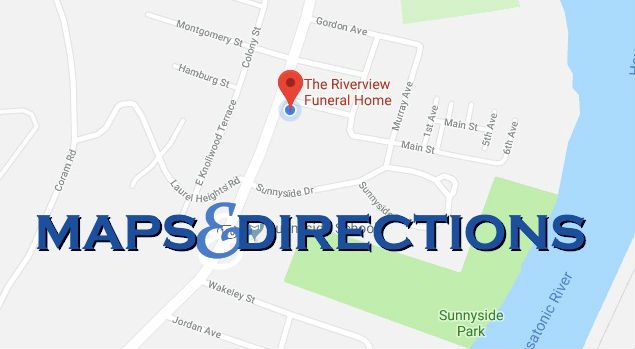How a body will be cared for after death is obviously an important and fundamental decision. However, some people mistakenly believe that their ability to have funeral services for their loved one is dependent on their choice of final disposition. That couldn't be further from the truth...
Burial
Today, most people in America are buried or entombed (which means the body is “buried” in an aboveground monument such as a mausoleum). People select burial based on a number of factors, including the desire to keep with family traditions, or, in some cases, for religious or cultural reasons. There are a number of cemeteries within the area, some operated by faith-based organizations like the Catholic Diocese or Jewish Cemetery Association, and others that are open to all faiths. Cost and availability of graves can vary widely across the different cemeteries, and we can help families find a location that suits their needs.
Traditionally, a burial service involves a visitation, followed by a funeral service in a church, or other place of worship. The casket is typically present at both these events. You have the option of having the remains interred (earth burial), or it may be entombed in a crypt inside a mausoleum (above ground burial).
Cemetery Types
Monumental cemetery: A monumental cemetery is the traditional style of cemetery where headstones or other monuments made of marble or granite rise vertically above the ground. There are countless different types of designs for headstones, ranging from very simple to large and complex.
Lawn cemetery: A lawn cemetery is where each grave is marked with a small commemorative plaque that is placed horizontally at the head of the grave at ground-level. Families can still be involved in the design and the information contained on the plaque, however in most cases the plaques are a standard design.
Mausoleum: A mausoleum is an external free-standing building constructed as a monument enclosing the interment space or burial chamber of a deceased person or people. A mausoleum may be considered a type of tomb or the tomb may be considered to be within the mausoleum. The most famous mausoleum is the Taj Mahal in India.
Columbarium: Columbarium walls are generally reserved for cremated remains. While cremated remains can be kept at home by families or scattered somewhere significant to the deceased, a columbarium provides friends and family a place to come to mourn and visit. Columbarium walls do not take up a lot of space and it is a cheaper alternative to a burial plot.
Natural cemeteries: Natural cemeteries, also known as eco-cemeteries or green cemeteries is a new style of cemetery set aside for natural burials. Natural burials are motivated by the desire to be environmentally conscience, although natural burials can be performed at any type of cemetery, they are usually done in a natural woodland area. Conventional markings such as headstones are generally replaced with a tree or a bush or a placement of a natural rock.
Cremation
Nationwide, over 40% of today’s funerals have cremation as their means of final disposition. The rate of cremation varies dramatically in different parts the country, with cremation more common in the Western United States. Further, the cremation rate is growing. People’s rationale for cremation include personal beliefs, flexibility, convenience, or financial basis. As more people are turning to cremation, many are recognizing that traditional elements of a funeral service, i.e. visitation time beforehand, a full funeral mass or ceremony, a memorial service afterwards, and a committal or scattering ritual can still be incorporated into the overall ceremony to make cremation a meaningful option that satisfies their need to still say goodbye.
The cremation process itself involves placing the remains in a container that is combustible and then placed in a special furnace called a cremation chamber or a crematory where through intense heat is reduced to bone fragments that are then crushed and pulverized to resemble course sand. The cremated remains of an average adult body will weigh about 7-8 pounds. Cremation is not an alternative to a funeral, but rather an alternative to burial or other forms of disposition.
Cremated remains can be scattered or buried, or they may be kept with the family in a decorative urn. There are many new and different ways to dispose of ashes today, cremated remains can be placed in an artificial coral reef in the ocean, they can be launched into space or sent up in helium balloons, or they can be spun into glass pieces of art or diamonds.
Some religions welcome cremation while others forbid it. The Catholic Church had banned cremation up until 1963, and today strongly encourages cremated ashes to be buried in a cemetery. In other Christian denominations cremation was historically discouraged but nowadays it is very widely accepted. In eastern religions such as Hinduism, Jainism, Sikhism and Buddhism cremation is mandated, while in Islam it is strictly forbidden. Orthodox Jews also forbid cremation; other sects of Judaism support cremation, but burial remains the preferred option.





